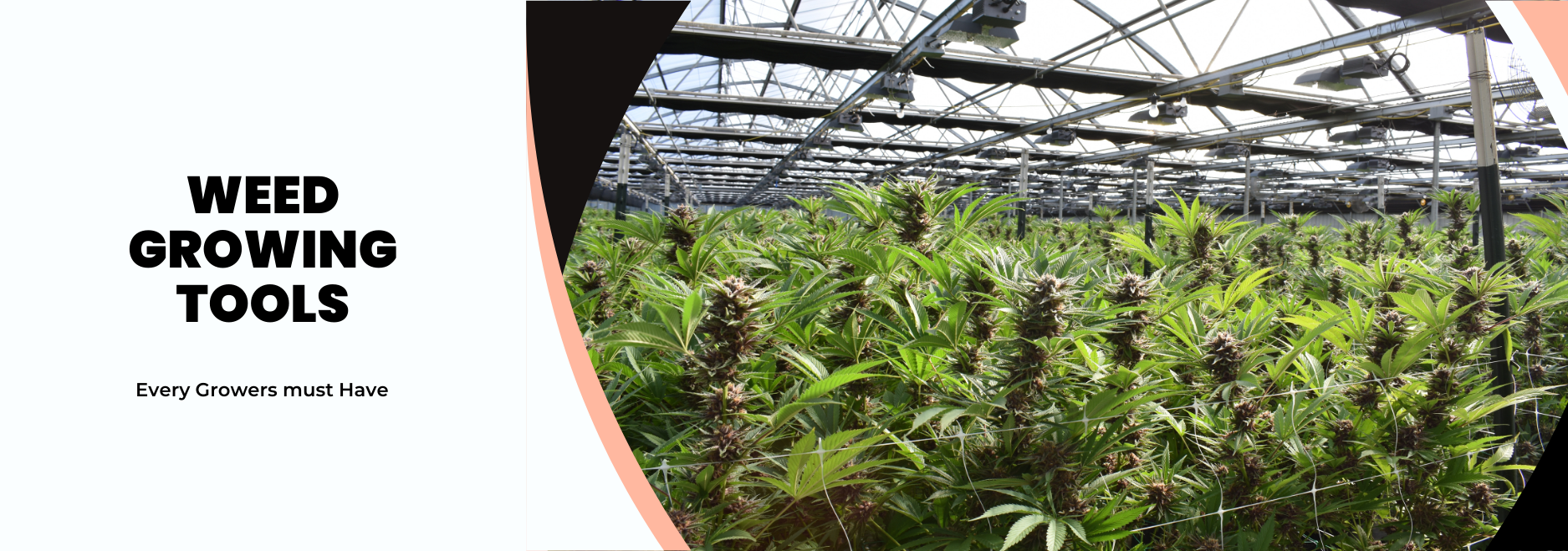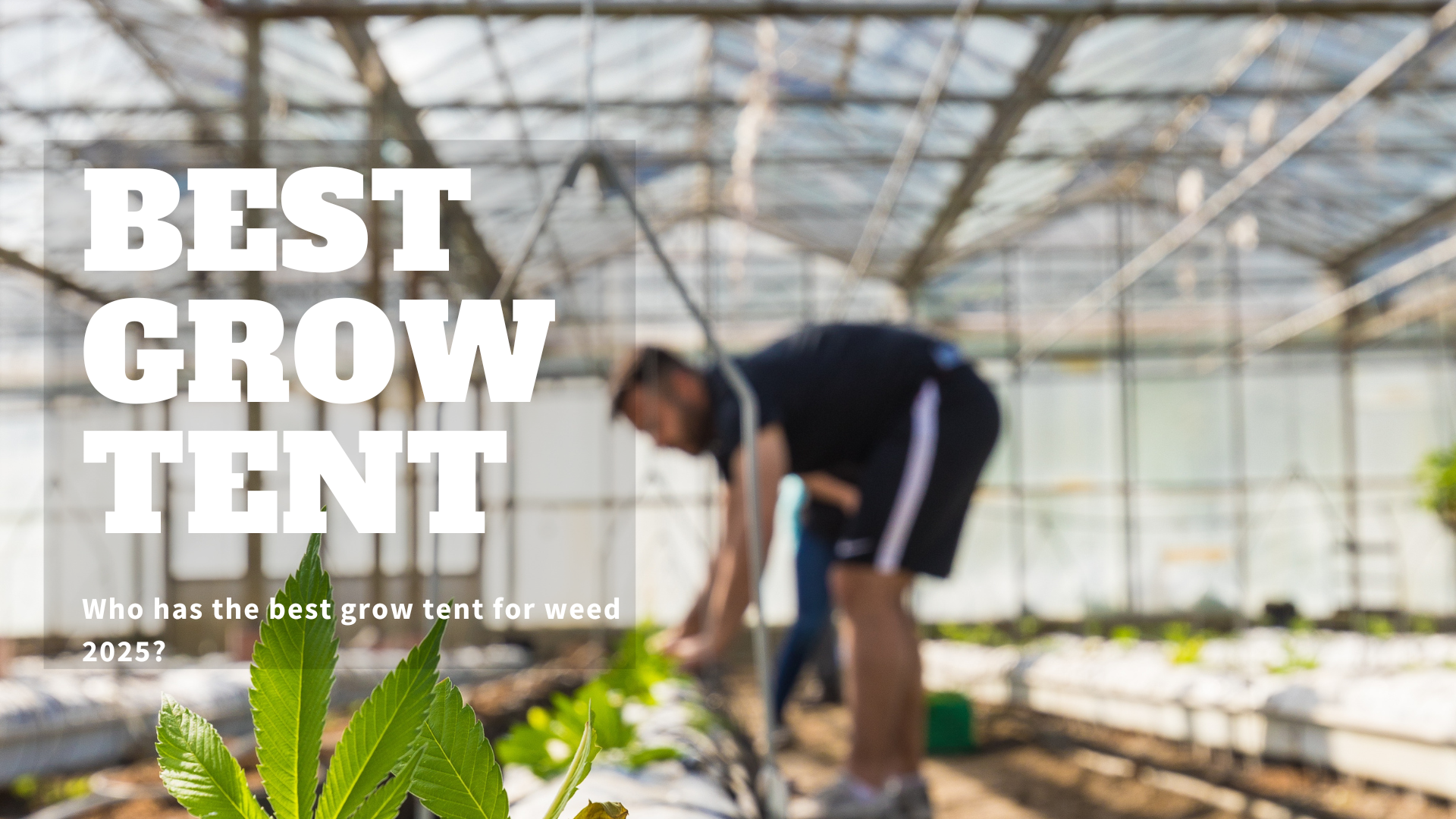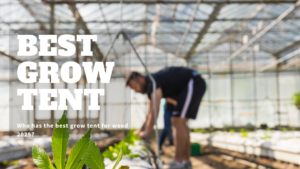Cannabis transplant shock is a stress response in your cannabis plants that typically occurs after relocating them to a new pot or growing medium.
This sudden change disrupts the plant’s root system and can lead to temporary wilting, slowed growth, or stunted development.
However, note that not all wilting is caused by transplant shock; other factors, such as heat stress, nutrient deficiencies, and pests, can also cause it.
Cannabis transplant shock is usually not fatal to plants, but it can cause them to become stunted or slow growth.
In severe cases, leaves may be yellow and drop off.
In this guide, we’ll dive deep into what cannabis transplant shock is, its causes, symptoms, and effective prevention and treatment strategies.
Causes of Cannabis Transplant Shock
There are numerous causes of transplant shock in cannabis plants.
The most common is simply a change in the root system, which can happen when plants are moved from one location to another. This can be due to a variety of factors, such as:
1. Changing the Pot size
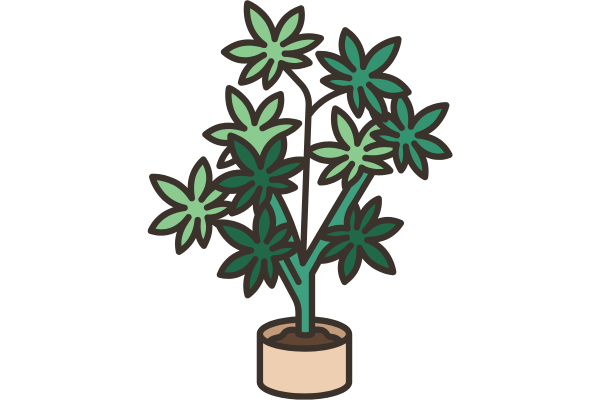
Changing the pot size can cause transplant shock in cannabis plants.
A small pot is problematic because the roots become cramped, leading to a cannabis transplant shock.
Also, if the pot is oversized, the roots will have too much space and will not be able to anchor the plant properly, which can also lead to transplant shock.
Most growers make a mistake when selecting a pot for their plants. They believe that a bigger pot is always better, but this is not the case.
You should only use a pot 2-3 inches (5-7 cm) wider than the root ball of your plant. This will allow the roots to anchor correctly and have enough space to grow.
If you are growing in a soil mix, you can transplant your plants to a new pot when they have outgrown their current one. This is because the roots will be able to penetrate the unique pot and establish themselves quickly and easily.
2. Moving the Plant to a New Location
Transplanting cannabis plants into a new location can also cause transplant shock.
This is because the roots will need to adjust to the new environment and may not be able to get the water and nutrients they need. The leaves may wilt, and the plant may experience transplant shock.
Suppose you don’t analyze the new location properly, the plant may experience stress from inconsistent soil, inadequate light exposure, poor drainage, extreme temperatures, or pests and diseases, all of which can contribute to transplant shock.
These factors can all cause cannabis transplant shock, so it is essential to ensure the new location is suitable for your plants before moving them.
3. Pests and Diseases

Pests and diseases can also cause transplant shock in cannabis plants.
If the roots are infested with pests or diseases, they cannot absorb enough water and nutrients, causing the leaves to wilt and the plant to experience cannabis transplant shock.
Pests and diseases usually attack the roots first, so it is essential to check the roots of your plants regularly. If you see any pests or diseases, you should treat them immediately. Some of the common symptoms to look for include:
If you see any of these symptoms, you should check the roots of your plants to ensure their health. If the roots are healthy, the plant will be able to recover from transplant shock.
4. Transplanting Outdoors
Outdoor cannabis transplant can also cause transplant shock.
This is because the roots will need to adjust to the new environment and may not be able to get the water and nutrients they need. The leaves may wilt, and the plant may experience transplant shock.
Outdoor plants are usually transplanted into the ground, so ensuring that the new location is suitable for your plants is essential.
You should also make sure that the soil is loose and well-draining. If the soil is too dense, the roots will not penetrate it, and they will not be able to get the water and nutrients they need.
You should also ensure the plants are not in direct sunlight when transplanting outdoors.
Direct sunlight can cause the leaves to wilt and cause the plant to experience cannabis transplant shock. The plants should be in an area where they will receive partial sun or shade.
5. Applying Fertilizer
Applying fertilizer to cannabis plants can also cause cannabis transplant shock because the roots will need to adjust to the new environment and may not be able to get the water and nutrients they need.
The leaves may wilt, and the plant may experience transplant shock.
Fertilizers should only be applied to plants in their vegetative stage.
Applying fertilizer to plants in their flowering stage can cause the flowers to fall off and the plant to experience cannabis transplant shock.
When applying fertilizer, you should only use a small amount.
Too much fertilizer can burn the roots, causing them to be unable to absorb it.
You should also apply the fertilizer to the soil, not the leaves. Doing so can cause the leaves to wilt and the plant to experience transplant shock.
6. Watering

Watering your plants too much or too little can also cause transplant shock.
This is because the roots will need to adjust to the new environment and may not be able to get the water and nutrients they need.
The leaves may wilt, and the plant may experience transplant shock.
When watering your plants, you should only water them when the soil is dry.
If you overwater them, the roots will not be able to get the oxygen they need, and they will start to rot. causing the leaves to wilt and the plant to experience cannabis transplant shock.
If you water your plants too little, the roots will not be able to get the water and nutrients they need. This can cause the leaves to wilt and the plant to experience transplant shock.
7. Temperature
The temperature of the environment can also cause transplant shock in cannabis plants.
If the temperature is too cold or too hot, the roots will not be able to get the water and nutrients they need causing the leaves to wilt and the plant to experience transplant shock.
The ideal temperature for growing cannabis plants is between 70-85 degrees Fahrenheit.
If the temperature is outside of this range, it can cause the roots fail to get the water and nutrients they need causing the leaves to wilt and the plant to experience cannabis transplant shock.
The Symptoms of Cannabis Transplant Shock
There are several symptoms to look for if you think your plant is experiencing transplant shock. These symptoms include:
1. The Leaves of the Plant Turn Yellow or Brown
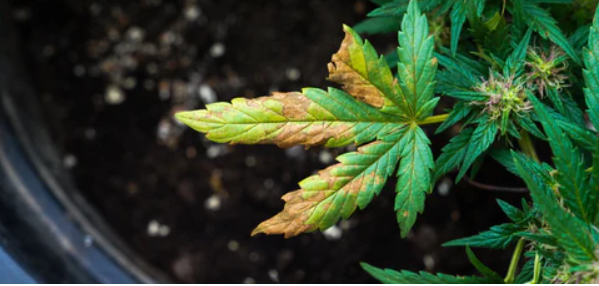
Leaves turning yellow or brown is one of the most common symptoms of cannabis transplant shock.
When the roots cannot get the water and nutrients they need, the leaves turn yellow or brown and eventually fall off.
The leaves may also start to curl or twist, indicating that the plant is not getting the water and nutrients it needs.
2. The Stem of the Turn Yellow
Another symptom of cannabis transplant shock is when the plant’s stems turn yellow or brown.
If the roots cannot get the water and nutrients they need, the branches will turn yellow or brown and eventually fall off.
3. The Plant Stops Growing
If your plant stops growing, it is likely it’s experiencing cannabis transplant shock.
The roots cannot get the water and nutrients they need. Without these, the plant will stop growing and eventually die.
4. The Plant Appears Wilted
If your plant appears wilted, it is likely experiencing cannabis transplant shock.
The roots cannot get the water and nutrients they need. Without these, the plant will appear wilted and eventually die.
How to Prevent Cannabis Transplant Shock
You can do several things to prevent your plant from experiencing transplant shock. These things include:
1. Transplanting During the Vegetative Stage
It is best to transplant your plant during the vegetative stage. The roots will be smaller and can adjust to the new environment more quickly.
The plant will also have an easier time getting the water and nutrients it needs.
2. Transplanting in the Same Size Container
When transplanting your cannabis plant, opt for a container that matches the size of its current pot.
Keeping the container size consistent helps maintain the familiar environment for the roots, minimizing disruption and stress.
This stability allows the plant to continue absorbing water and nutrients effectively, significantly reducing the risk of cannabis transplant shock.
3. Using Fertilizer Sparingly
You should only use fertilizer sparingly. If you use too much fertilizer, the roots will not be able to get the water and nutrients they need.
However, if you use too little fertilizer, the plant will not be able to get the nutrients it needs.
4. Watering Your Plant Properly
You should only water your plant when the soil is dry.
If you overwater your plant, the roots will not be able to get the oxygen they need, and they will start to rot. This can cause the leaves to wilt and the plant to experience transplant shock.
If you water your plant too little, the roots will not be able to get the water and nutrients they need. This can cause the leaves to wilt and the plant to experience transplant shock.
5. Monitoring the Temperature
You should monitor the temperature of your plant’s environment.
The ideal temperature for growing cannabis plants is between 70 and 85 degrees Fahrenheit.
If the temperature is outside of this range, the roots cannot get the water and nutrients they need, causing the leaves to wilt and the plant to experience transplant shock.
6. Providing adequate light
You should provide your plant with sufficient light.
Cannabis plants need at least 18 hours of light per day.
If you do not provide enough light, the plant will not be able to photosynthesize and will not be able to get the water and nutrients it needs.
This can cause the leaves to wilt and the plant to experience transplant shock.
Treatment for Cannabis Transplant Shock
There is no treatment for transplant shock. The best thing you can do is prevent it from happening in the first place.
If your plant does experience transplant shock, the best thing you can do is to wait it out and hope that the plant recovers.
The best way to prevent transplant shock is to be aware of the symptoms and to take action to avoid them.
You should also be sure to transplant your plant during the vegetative stage and use a container the same size as the one your plant is currently in.
You should also only use fertilizer sparingly and water your plant when the soil is dry.
Finally, you should monitor the temperature of your plant’s environment to ensure it is within the ideal range.
If you follow these tips, you should be able to prevent your plant from experiencing transplant shock.
However, if your plant does experience transplant shock, the best thing you can do is wait it out and hope it recovers.
Preventing transplant shock will help ensure that your cannabis plant grows healthy and strong.
Transplant shock can be prevented by taking action to prevent the symptoms from occurring.
You can also try transplanting your plant during the vegetative stage and using a container the same size as the one your plant is currently in.
Additional Tips for Successful Transplanting
Beyond addressing transplant shock, here are extra techniques to improve overall transplant success:
Gradual Acclimation: Slowly introduce your plant to the new environment by acclimating it over a few days.
Use Root Stimulators: Consider using natural supplements that encourage root growth.
Frequently Asked Questions (FAQs)
Q1: How long does transplant shock last in cannabis plants?
A1: Transplant shock typically lasts a few days to a few weeks, depending on the plant’s resilience and post-transplant care.
Q2: Can cannabis plants fully recover from transplant shock?
A2: Yes, with proper care and optimal growing conditions, most cannabis plants recover fully and continue to thrive.
Q3: What are common mistakes to avoid when transplanting cannabis?
A3: Avoid overwatering, using the wrong pot size, applying too much fertilizer, and transplanting during extreme temperatures.
Parting Remarks on Cannabis Transplant Shock
Cannabis transplant shock is a condition that can stress your plants during a change of environment.
By understanding its causes—ranging from pot size changes to temperature extremes—and recognizing its symptoms, you can take adequate measures to prevent and treat it.
Remember to transplant during the vegetative stage, use proper watering techniques, and maintain an ideal growing environment.
With these strategies, you can minimize transplant shock and ensure your cannabis plants grow healthy and robust.


